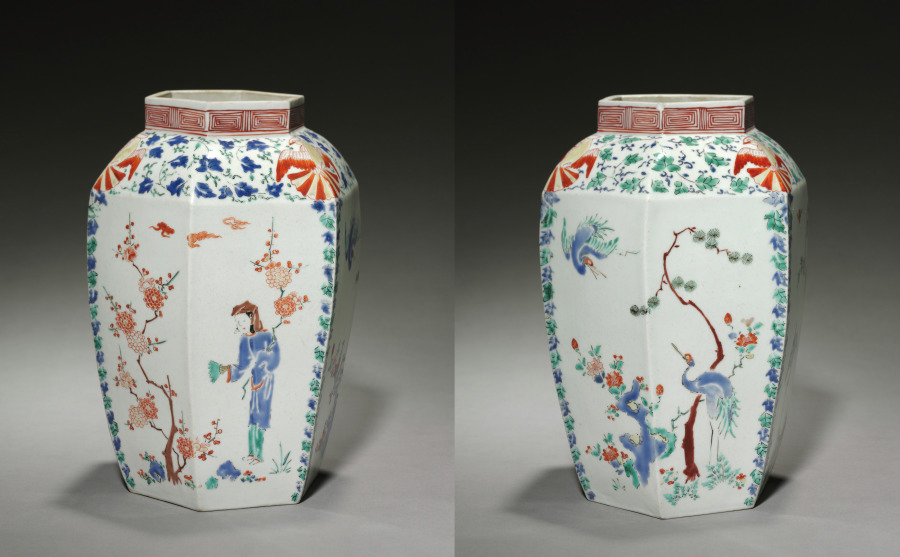| schema:description 9 | "measurements: Overall: 26.8 x 18.6 cm (10 9/16 x 7 5/16 in.)" |
| schema:description | "collection: Japanese Art" |
| schema:description | "technique: Imari ware porcelain with overglaze enamel and gold decoration" |
| schema:description | "culture: Japan, Edo Period (1615-1868)" |
| schema:description | "creditline: Severance and Greta Millikin Collection" |
| schema:description | "id: 140313" |
| schema:description | "type: Ceramic" |
| schema:description | "wall_description: This kakiemon-type jar with plum design is a product made for the European markets. Here, Japanese kakiemon potters transformed the typical plum, bamboo, and pine motifs into a theme appreciating the plum. The 9th-century Japanese scholar and politician Sugawara Michizane established the plum as a symbol of scholarship. An excellent poet, particularly of Chinese-style poetry, he was also well known for his love of plum blossoms. Later, the plum came to represent tenmangu, a shrine for Sugawara....(more)" |
| schema:description | "tombstone: Pair of Hexagonal Jars: Arita Ware, Kakiemon Type, late 1600s. Japan, Edo Period (1615-1868). Imari ware porcelain with overglaze enamel and gold decoration; overall: 26.8 x 18.6 cm (10 9/16 x 7 5/16 in.). The Cleveland Museum of Art, Severance and Greta Millikin Collection 1964.273...(more)" |

